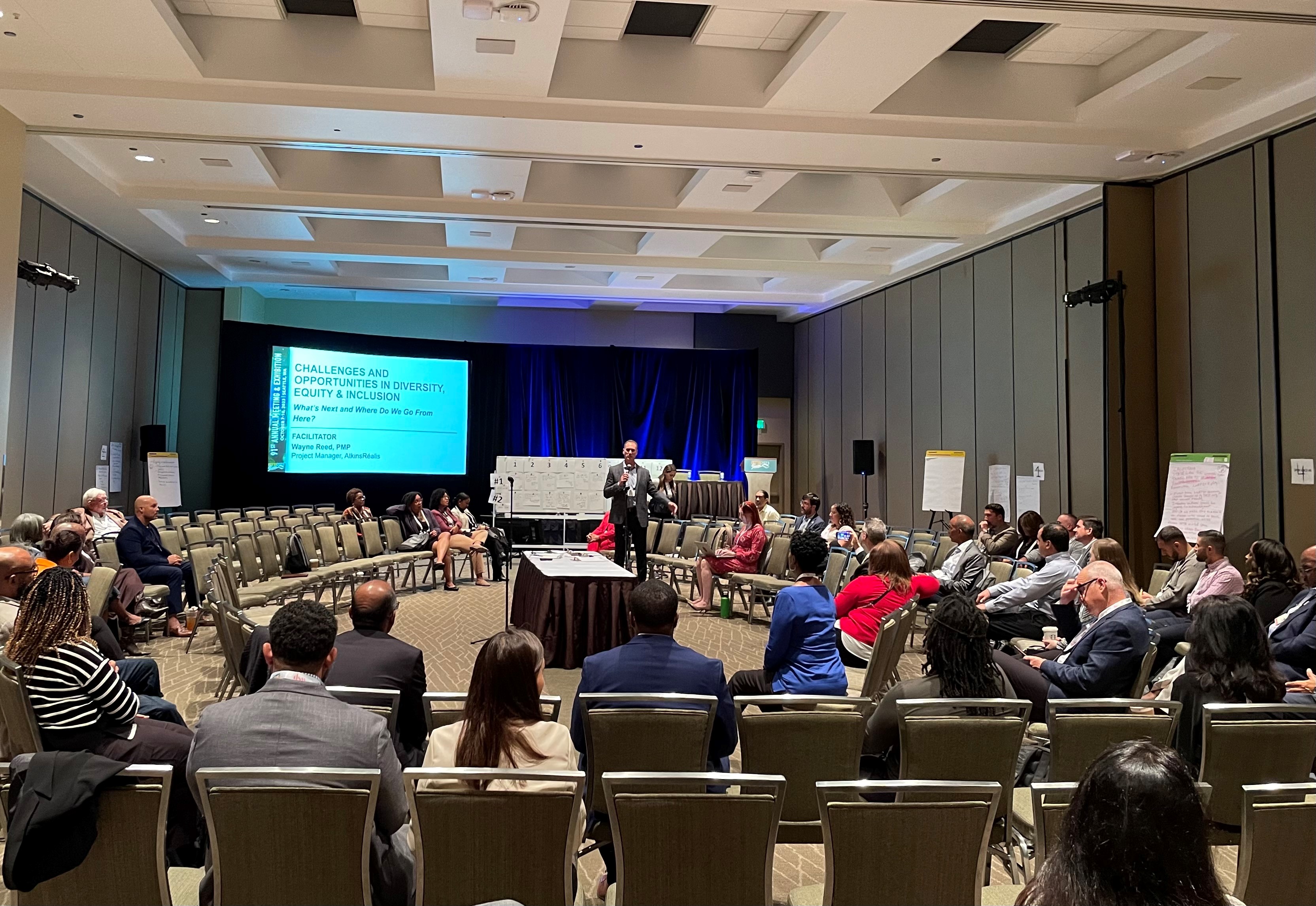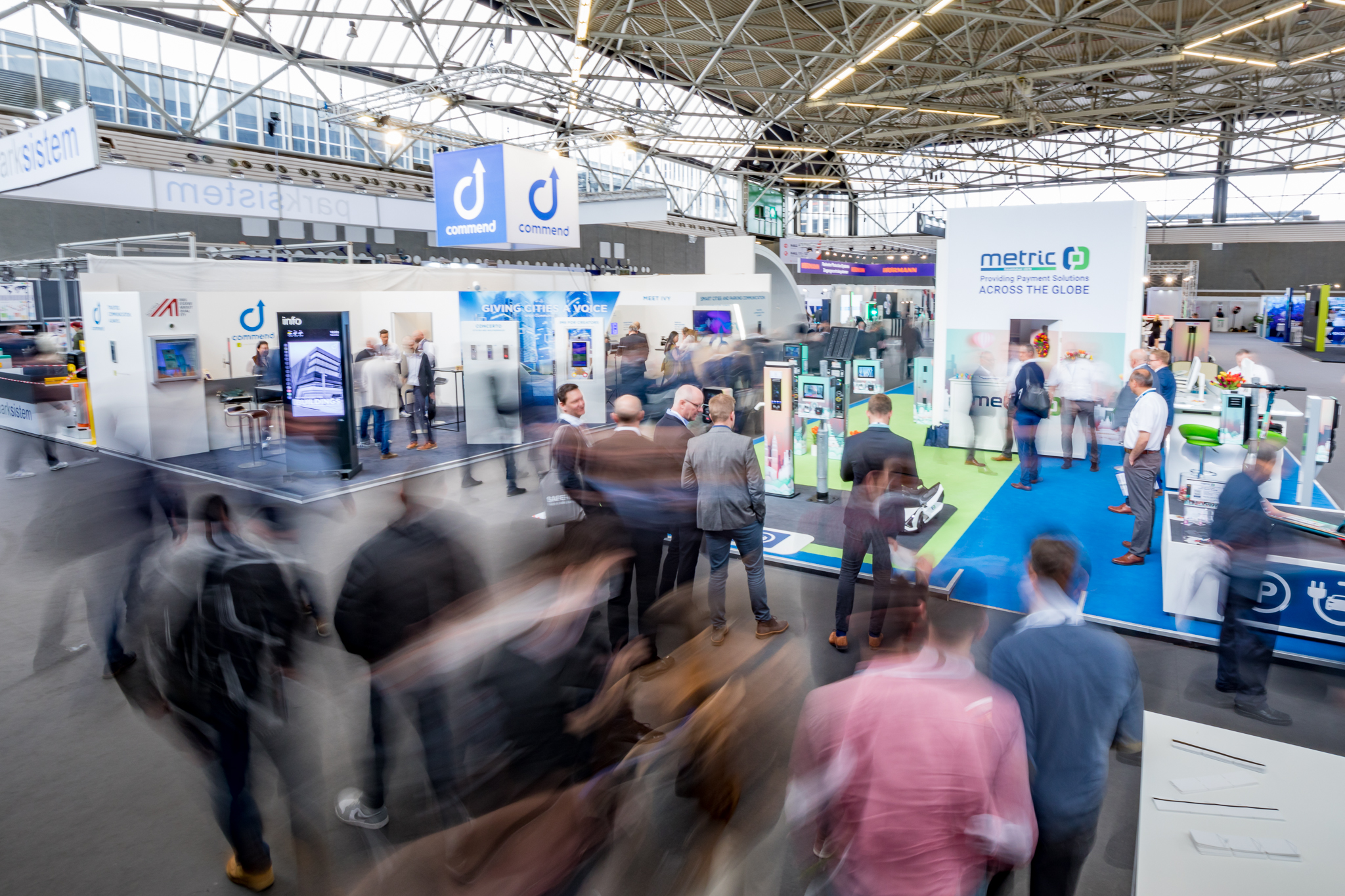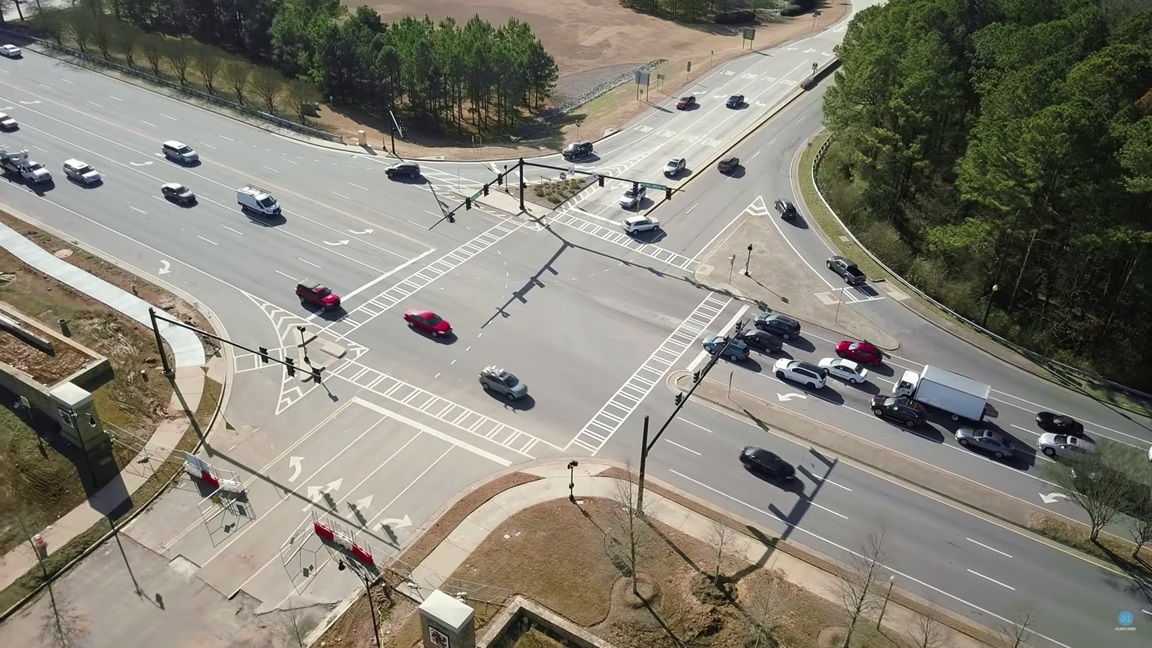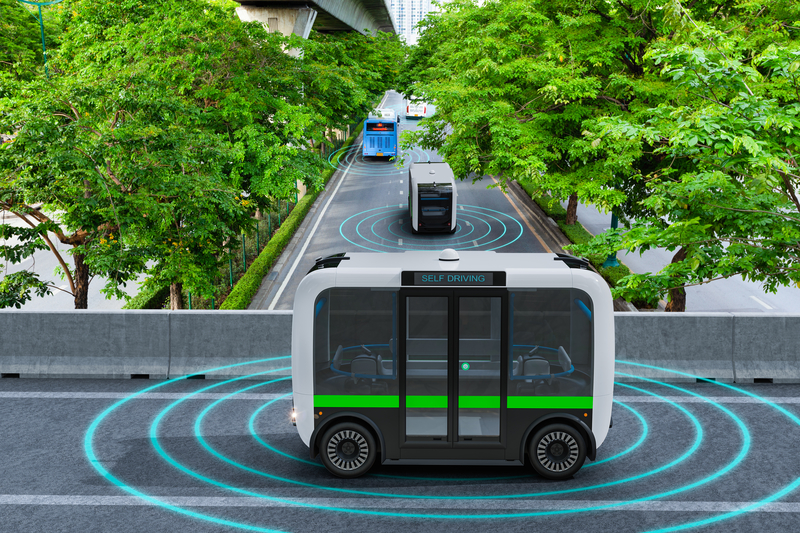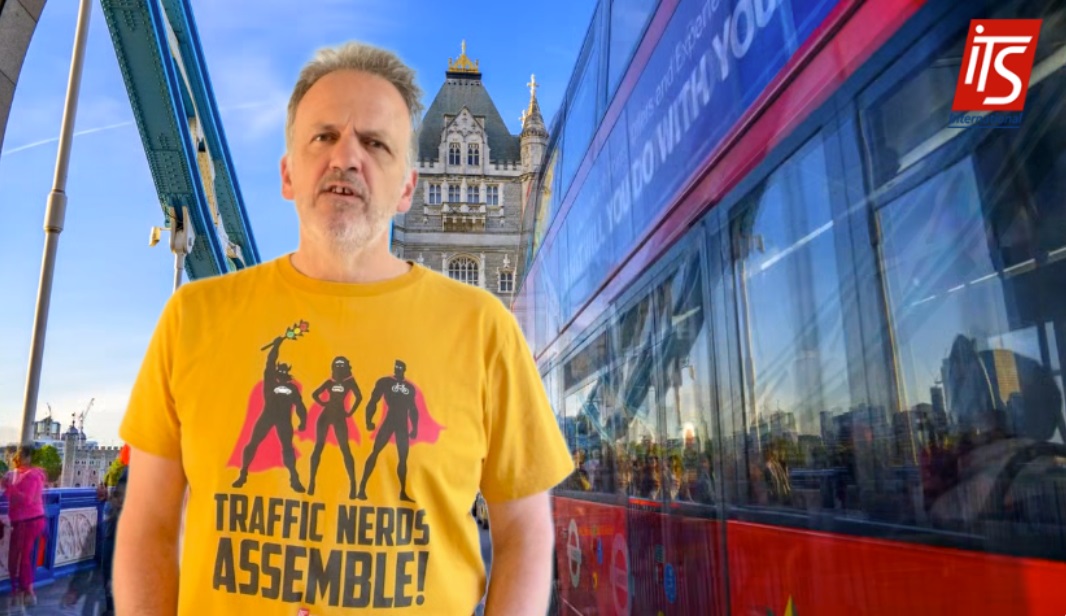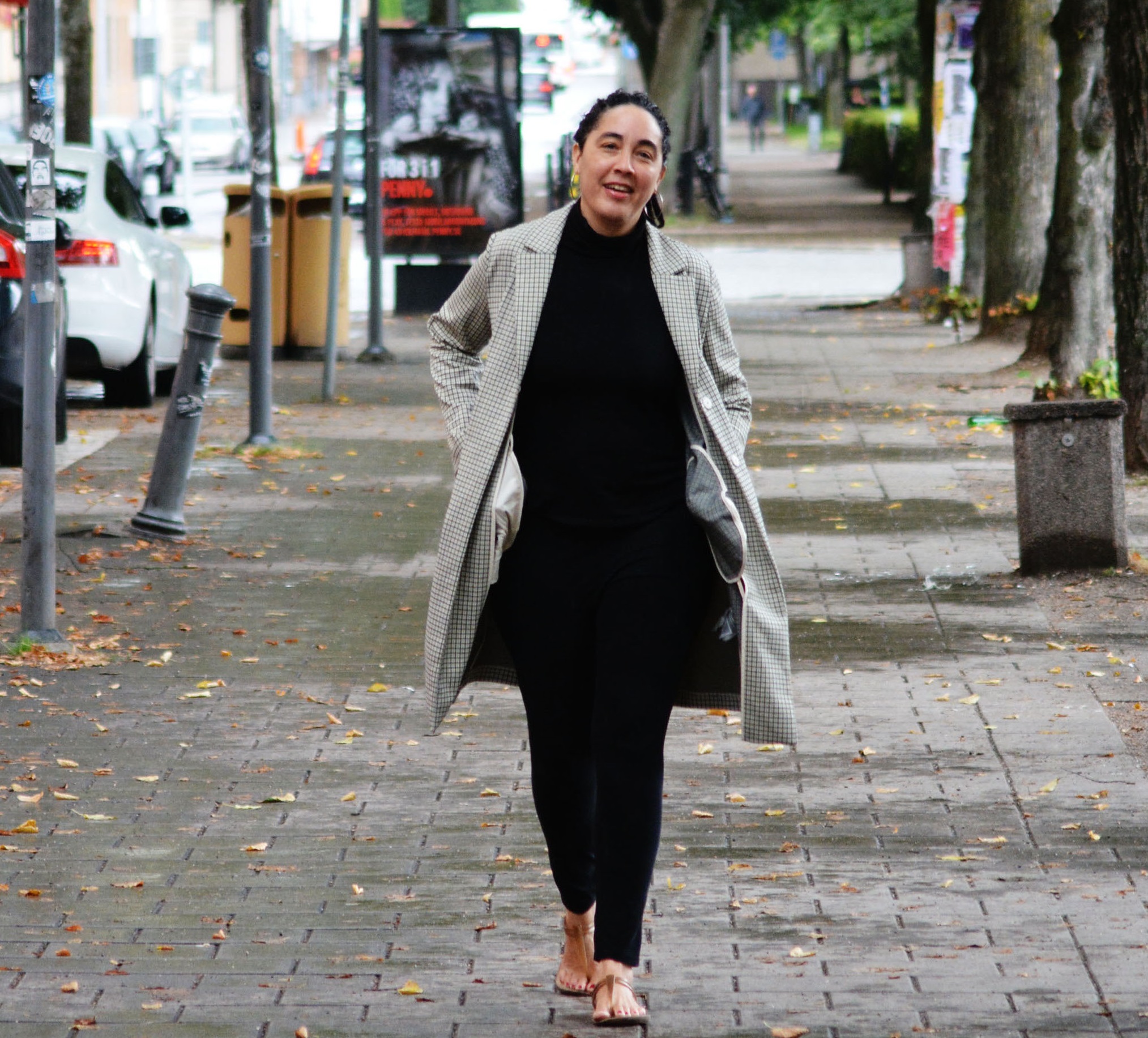
How are you moving today? In my lectures and workshops on urban mobility, which I also dub ‘Mobility Thought Labs’, I often open with this question. I want to engage my audience from the very beginning in a reflective journey about their mobility choices (what options are available to them when they leave their home each day), their mobility decisions (what modes they decide on based on those options), and how it shapes their daily mobility behaviour. I see it as a 'cinema of daily mobility' through the lens of a community's inhabitants.
So, as you read this, I ask you, how are you moving today? Did your journeys this week fulfill or frustrate you? Are you satisfied with the diversity of mobility choices available to you (and possibly also those around you such as family members and dependents) or are you yearning for something different?
For those of us working with mobility in some capacity, we are used to thinking about these topics on a regular basis. My own research is focused on a holistic approach to looking at best practices and barriers of walkability and I will confess that most days of my week are consumed with reading, writing and thinking about this topic. I am also typically surrounded, whether in person or virtually, by many others who occupy the same or a similar silo of thought.
From point A to point B
For most people, mobility is, however, an activity that is simply embedded in their day. It is about getting from point A to point B and a basic requirement for getting around their community for everyday needs.
For those of us engaged in mobility work, research, and advocacy, the topic of mobility choices takes on a different urgency than simply a basic awareness of what choices are available to us when we walk out of our front door. We know that the availability of certain modes (or lack of) is the result of years of societal prioritisations, driven by many factors, that create a reality in which the ease to, for example, decide to ride a bus or tram is possible or not.
Having grown up in car-centric North American suburbs, where driving for all your needs was largely unquestioned and just a way of life, I am deeply familiar with car dependence and the reality of experiencing the car as a 'second mobile living room'. It would be years into adulthood that I came to the understanding that walkability, how quality pedestrian space and infrastructure is provided in a community, was a deep value for me.
I’ve also learned through this time, through multiple interviews, roundtables, observations and various other modes of engaging with diverse municipalities, that there is a clear and present political dimension in many communities and societies when it comes to prioritising sustainable mobility.
“Associating a motorist lifestyle with ‘freedom’ is not just an automobile advertisement, it’s an actual mindset and one that is indeed prevalent in many cultures and countries”
Sustainable mobility is often (not always but often) packaged up in a ‘liberal’ agenda and not prioritised in more, so-called ‘conservative’ ones. I believe the work to depoliticise sustainable mobility is one of the key barriers we face. Additionally, simply because such aims are packaged in a certain agenda obviously does not mean significant effort is spent to realise them.
There is considerable and appropriate critique, for example, that while ‘sustainable mobility’ is broadly touted as a goal across Europe, affordable and efficient train travel is not being consistently prioritised, while flights often remain the most affordable mode to travel between European cities. The sustainable mode should not be the one reserved for those most privileged, financially and time-wise.
Sustainable mobility, positioned as an ideological aspiration with leanings that are routinely attached to one side of the political spectrum, is a barrier to be overcome as we who work with themes of active mobility understand the considerable effect of mobility choices on spatial equity, environmental and public health and societal well-being.
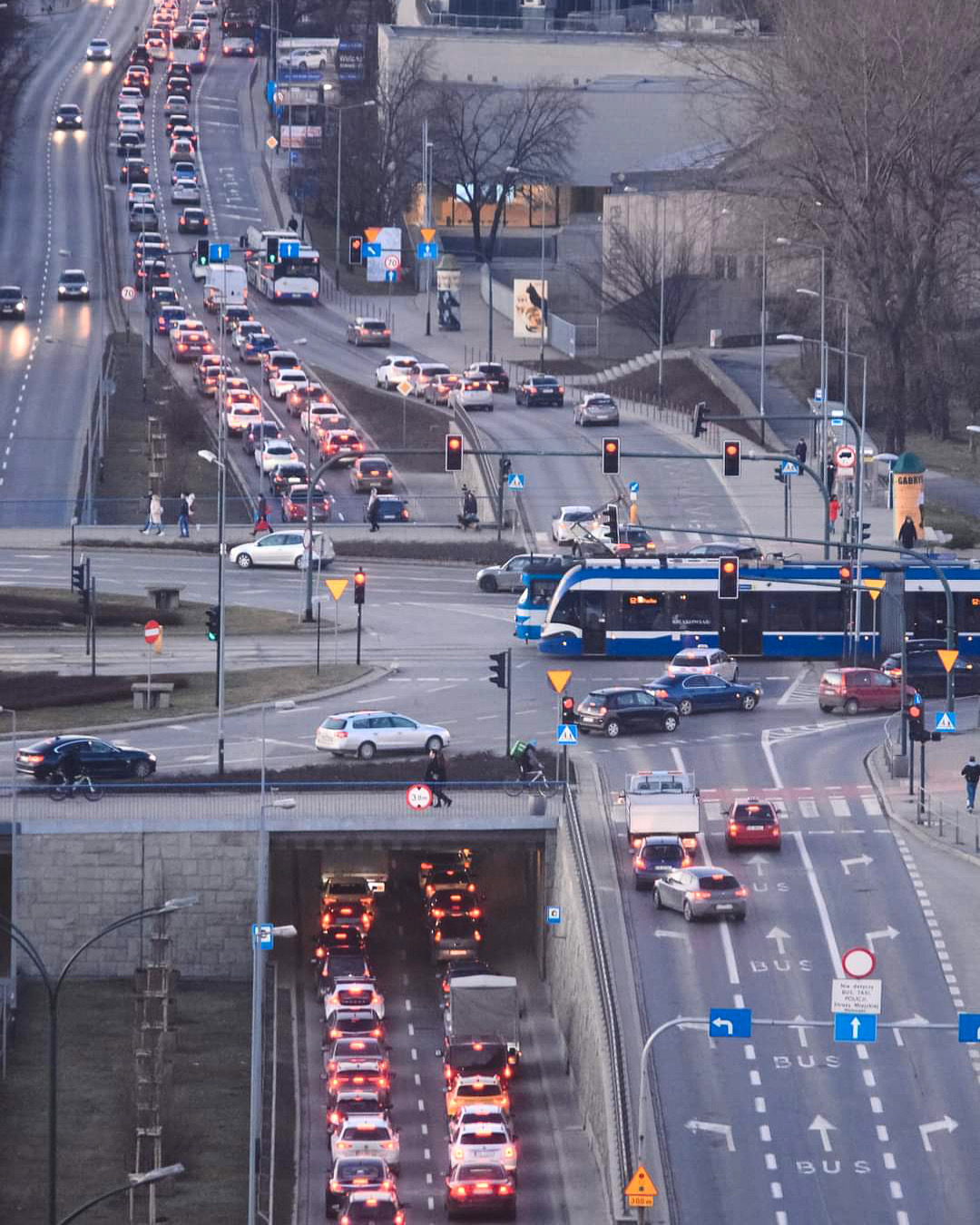
Embedded car dependence
This ‘depoliticisation’ also requires active engagement from diverse actors including, of course, sustainable mobility advocates themselves. Education and awareness building are two activities core to my research and media advocacy, as my ongoing intention is to work with the ‘psychological infrastructure’ related to mobility culture and mindsets. There is an imperative to provide educational opportunities for the public to help shape awareness of why walkability is something to advocate for in the first place. There is also the need to work within advocacy circles and among sustainable mobility-minded individuals about how we can best effect change.
Within active mobility advocacy, there can exist a complete disconnect to understanding how widespread and deeply embedded car dependence is as well as the fact that many actually value a motorist lifestyle. Proponents of walkability should not assume that a) everyone has heard of and understands walkability and b) everyone wants walkable communities. Providing opportunities to shape awareness about why walkable places and quality access to public transportation are societal benefits is crucial, as is developing the savvy to be able to communicate with people who opt to drive when other options are available to them - as well as the sympathy and ability to communicate with those who drive because no viable alternative exists.
Associating a motorist lifestyle with ‘freedom’ is not just an automobile advertisement, it’s an actual mindset and one that is indeed prevalent in many cultures and countries, as decades of marketing and car-centric planning have led to a societal prioritisation of automobility as the primary mobility culture.
Additionally, for so many people, automobility is a type of freedom, considering that no other viable options exist in their communities. If you have never experienced living in a community with car-dominant planning and poor options for moving by foot, cycle or public transit, it may be difficult to grasp the value that people do place on a mode of transport that we as advocates are seeking to reduce use of. Assuming that everyone should ‘get’ the goal of having streets for people and deeply walkable communities doesn’t help us reach that goal.
Conversely, in many places where viable options for car use do exist, many people are simply resistant to change as well as sceptical about converting to another mobility mode. It does require energy and motivation to shift your behaviour and possibly even a bit of a learning curve. I recall living in communities where sidewalks existed to get to the corner store but if you had a car you wouldn’t walk.
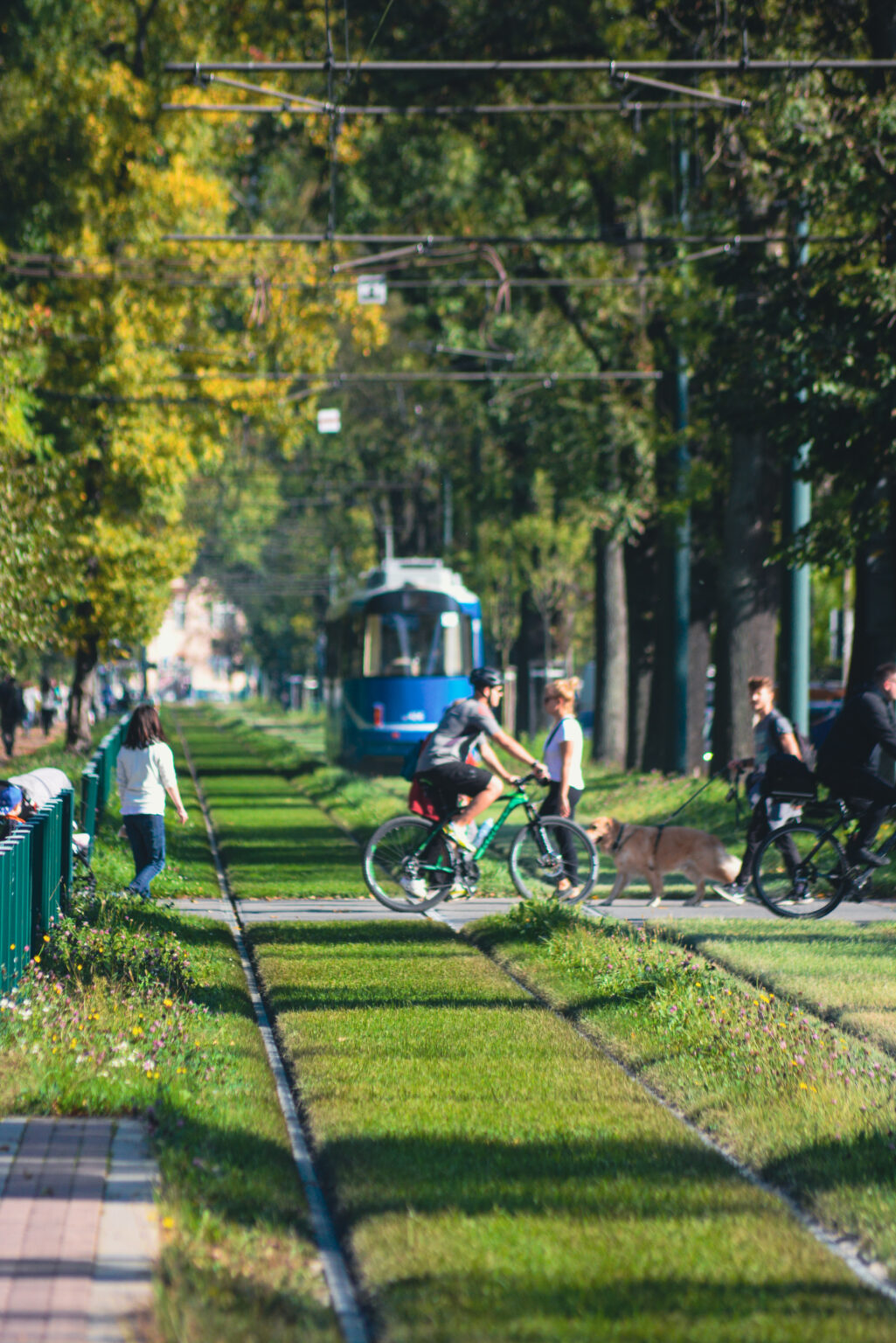
Psyche of the public
There has to be an incentive to buck against the dominant mobility culture and retrain your own mobility habits and behaviour. When the incentive is the ‘common good’ as well as environmental and societal health, considerable work may be required with the ‘psyche of the public’. Individual will for - and prioritisation of - automobility may outweigh the value people perceive in such benefits.
I deeply value the solidarity and connection to fellow sustainable mobility professionals and advocates but feel we risk a self-righteousness of our own when we show no interest at all in the challenges of choosing sustainable modes in car-centric communities. It is crucial that we are able to look to, learn from and spotlight areas where great equity in movement has already been achieved but the other piece of the puzzle is reaching out to those communities where walking has been deeply marginalised and where the understanding of the potential of public transit as a common good is not yet manifest.
“Proponents of walkability should not assume that a) everyone has heard of and understands walkability and b) everyone wants walkable communities”
In terms of wanting to effect change, it is increasingly important to me to spend time with predominantly automobile users who associate freedom with driving and to also challenge those who assume that walkability is a value that everyone already understands and accepts.
I remember telling a prominent sustainable mobility leader that I didn’t experience a walkable urban lifestyle until my early twenties and he replied, ‘That’s weird.’ The disconnect this response carries to the condition of many people’s lives and options on the ground is profound.
It is not only possible but probable that many people have values that are not reflected in the policies of their society. Understanding and shaping awareness of mobility as a value is a central part of my work and mission. There are indeed also many people who don't embody these values as they have never had the opportunity to live them.
Some municipalities seem to have been successful in overcoming the significant hurdle of sustainable mobility polarisation, establishing active mobility as a truly common value regardless of political affiliation. Moving forward, we can look to those cities and their recent histories to learn how the polarisation was broken down.
Reshaping mobility culture is a collective task. An ‘all hands on deck’ approach is needed. Are you on board?
ABOUT THE AUTHOR
Annika Lundkvist is the founder of Pedestrianspace.org, a platform and NGO dedicated to issues of sustainable urbanism



